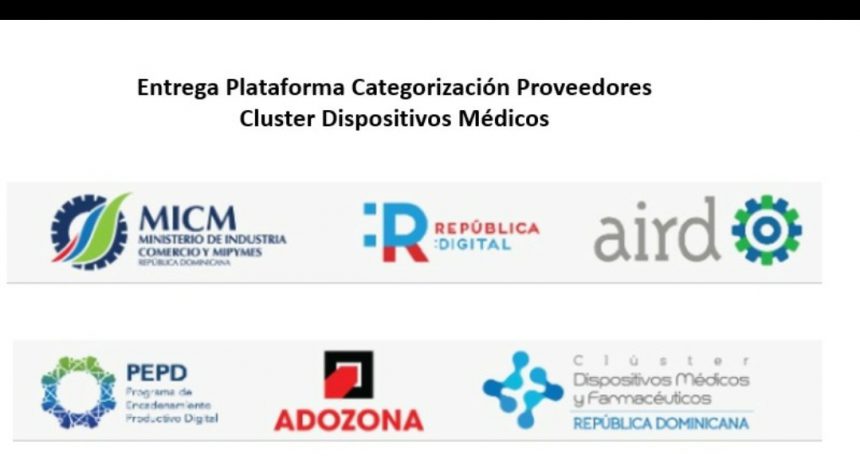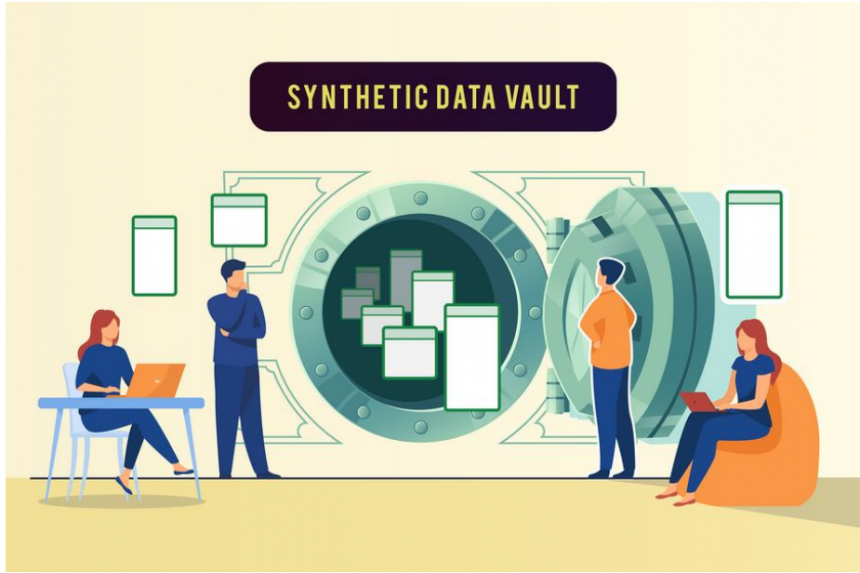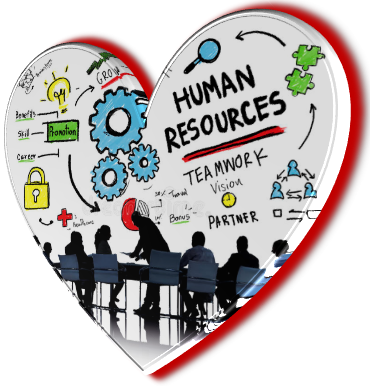By Maria Korolov
August 04, 2020
Encouraging employees to learn data can benefit any business. Read on for some of the benefits and resources that can be leveraged in building those skills.
Research shows that data-driven organizations are more successful, but employees often lack the skills to handle data.
According to a 2020 survey by Sapio Research, 80% of decision makers considered that opening access to data has a positive impact on their organizations and 74% said that employees have access to data what do you need. But 53% of those surveyed reported employee reluctance to use the data.
Meanwhile, research has consistently shown that data-driven businesses are more successful. A 2019 survey by McKinsey & Company, a management consulting firm, found that companies in which employees consistently use data in decision-making are 1.5 times more likely to report growth in revenue. income of more than 10% in the last three years.
The difference comes down to data literacy.
“It’s crucial in today’s world where data is ubiquitous,” said Shreeni Srinivasan, director of business analytics and application delivery at Sungard Availability Services. “Data literacy can empower employees to make fact-based analytical decisions that are more grounded in reality than those made by instinct or intuition.”
According to the same McKinsey & Company survey, the proportion of executives in high-performing organizations who understand data concepts is 44% higher, the proportion of managers who understand data is 39% higher, and the number of employees in first line that comprise the data is 12% higher than that of other surveyed companies.
However, there are significant obstacles to understanding the data.
According to Gartner, 50% of organizations lack sufficient knowledge
on data to achieve business value, and 35% of CIOs said
that the lack of knowledge about data is one of the main obstacles to the
effective use of data and analysis, right behind cultural challenges and lack of
resources and financing.
What is data literacy?
Data literacy is the ability to write and understand data in a way similar to how we view literacy with reading. This may include understanding where the data comes from, communicating the information derived from the data to others, and knowing where to use different analytical tools and methods.
“When companies have more data-savvy employees, they understand that data is no longer just the domain of the data team,” said Andrew Stewardson, data manager for Farm Credit Services of America, a provider of credit to farm operators. and ranches based in Omaha, Neb. “Having a higher level of knowledge of the data means that we can better serve our customers.”
Stewardson’s organization took an unusual approach to data literacy training by creating an internal person, Walt, to answer data-related questions from employees.
“The key to fostering the data literacy training was getting Walt to connect with various people within the organization,” said Michael Meyer, data engineer for Farm Credit Services of America. “We also created a blog where users could ask questions about everything related to data.”
That took the pressure off data teams to drive change, he added.
“Simply putting data in the hands of individuals in an organization does not automatically increase knowledge of the data and build an organization on it,” Stewardson said.
In fact, launching data projects without paying attention to data literacy can be a costly mistake. ”
For example, Penny Wand, chief technology officer for West Monroe Partners, a Chicago-based technology and management consulting firm, was working on a project for a manufacturing company to deploy pricing strategy analysis.
“People just rejected it,” he said. “They didn’t understand the results.”
The project was a failure, and the company not only wasted the time and money it spent creating the analysis, it also lost millions of dollars in missed opportunities, Wand said.
“It cost them money because they couldn’t optimize their pricing strategy,” she said.
“They lost money by not being able to put into practice what they learned from the data.”
Many people have been out of school for a long time, and their math and data analysis skills are not on a level playing field, Wand said. And this not only hurts basic analysis projects.
“Forget AI, without a certain level of knowledge of the data, it’s not going to get there”,
said.
Who is responsible for data literacy education?
Unfortunately, there aren’t currently many best practices and guidelines to follow when it comes to teaching employees in data literacy, Wand said.
“We are in the infancy of formal data literacy programs,” he said.
One approach is to make education specific to the role the employee has in the organization, he said. That is what Coursera is doing with its Academy of Data Science. Another approach is to get education to people as they need it, as they are using their data tools, rather than a formal training program.
Then there is the challenge of measuring success.
Many companies are tackling the challenge of data literacy by moving data scientists out of data science departments and into business units where they work closely with end users, said Bryan Coker, senior data and analytics consultant at AIM Consulting Group, a Seattle-based management consultancy.
“I think that’s a trend almost everywhere,” he said.
Another approach is to provide specific, hands-on workshops for employees, focusing on the specific analytical tools used in the business and the specific business challenges around data that the business and its employees face.
These workshops can be led by tool vendors or independent consultants, said Justin Richie, director of information science for Nerdery, a technology consultancy.
“I firmly believe that people learn best by doing,” Richie said. “So having the ability to get your hands on a keyboard or laptop and do something is about creating that contextual awareness of doing it yourself. It’s better than sitting in a college-sized auditorium and listening to someone speak for eight hours.”
Or, these days, the equivalent of the Zoom, he added.
How can companies promote literacy of data?
Not everyone wants to run off to learn math.
“That would be a good day at work for me, just taking math classes,” said Jeff Herman, a data science instructor at the Flatiron School in New York.
Other employees may need some support.
In Herman’s previous job at a railroad company, data scientists led training sessions for other employees on data and how to use it to do their jobs better.
“We were talking about basic statistics,” he said. “We were talking about different databases:
Here’s a locomotive database, here’s where the trains go, here’s the finances, and here’s how to access the data. ”
Companies looking to do something similar should look for communication skills when hiring data scientists.
“People who can communicate with non-technical stakeholders and are comfortable conducting the training,” Herman said.
“Data literacy is not only a benefit for the company, but also for you. It will open more doors for you, it will make you more marketable. Jeff Herman Information Science Instructor, Flatiron School ”.
Flatiron School also has a free information science prep course in addition to its regular information science curriculum, he said. Khan Academy also offers many free courses that cover everything from basic statistics to data analysis.
But it’s not just about making training available, Herman said.
“Companies need to talk about what the benefit is for the employee,” he said. “It is not only a benefit for the company, but also for you. It will open more doors for you, it will make you more marketable.”
Plus, data literacy starts at the top, with the executive team.
“They have to be comfortable with the idea of making decisions based on the data,” Herman said.
Benefits of improving data knowledge
When the only people looking at the data are data scientists, important insights can be lost. For example, at the railroad company where Herman used to work, a key indicator was the downtime of the locomotive.
“We thought it was a waste of fuel,” Herman said.
But when other people in the company outside of the data analytics teams started using Power BI, they were able to see the same data from a different perspective.
“The people closest to the locomotive operations knew there were specific reasons why it sometimes had to idle,” he said. “They were able to make a dashboard for when a locomotive was idling, when it shouldn’t be, and focus on where we could really save fuel.”
Not surprisingly, in a recent Forrester Research survey, 90% of respondents and analytical decision makers saw increasing the use of data in business decision making as a priority.
But with only 48% of decisions based on quantitative information and analysis, there is plenty of room for improvement.













